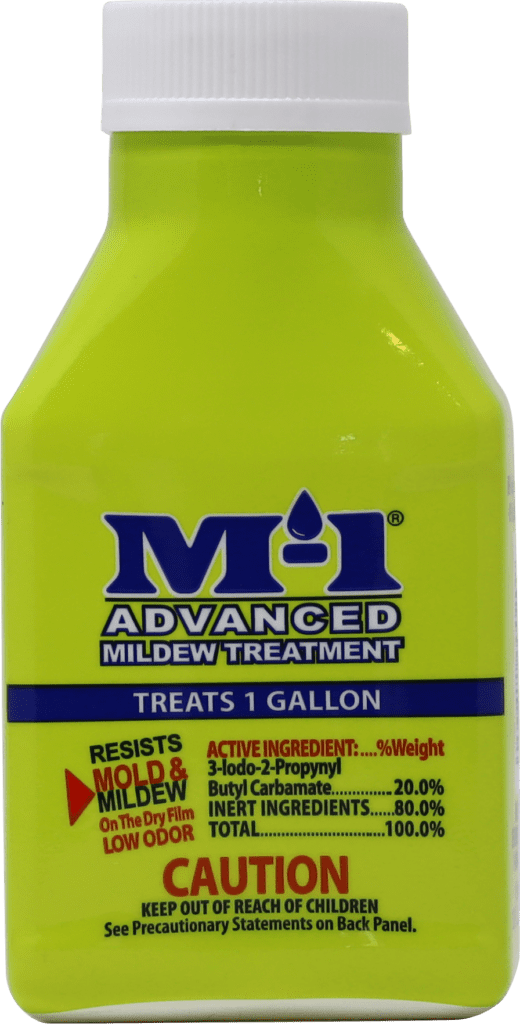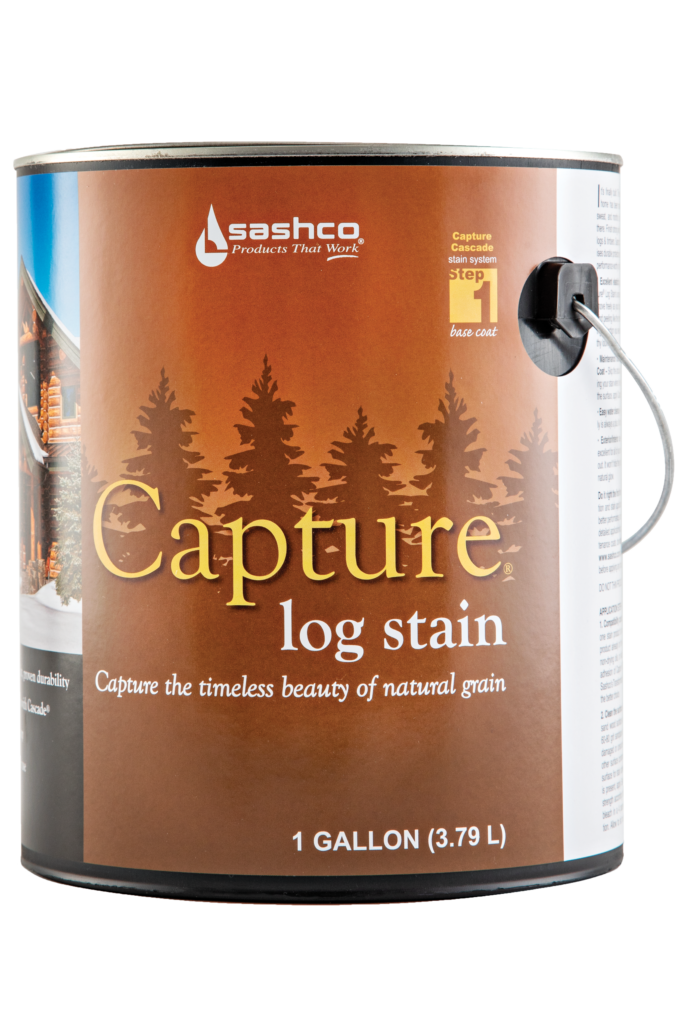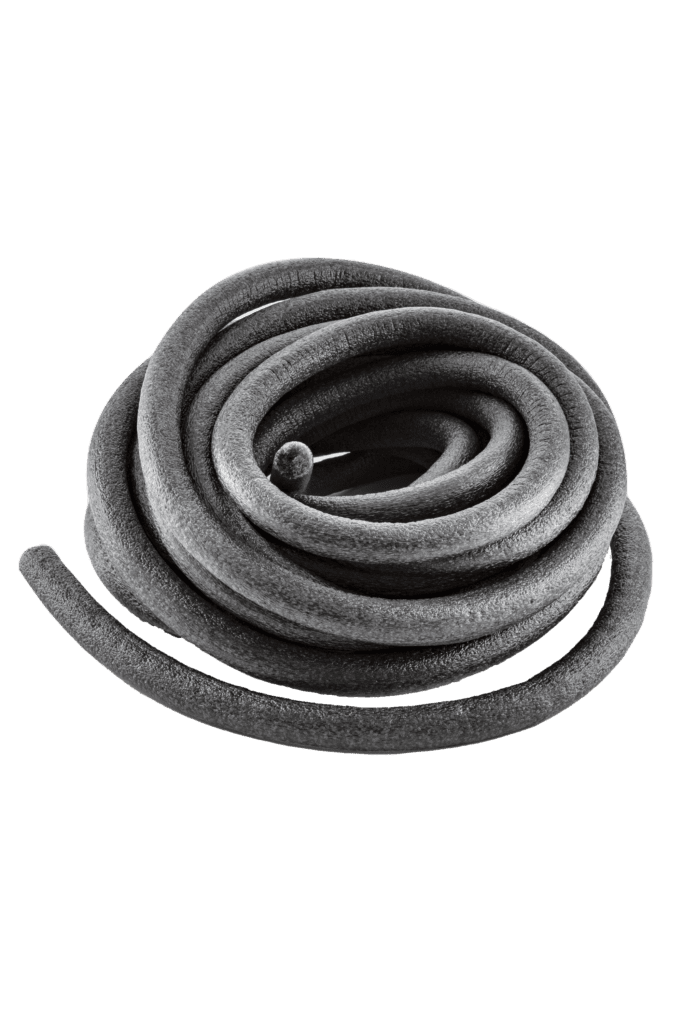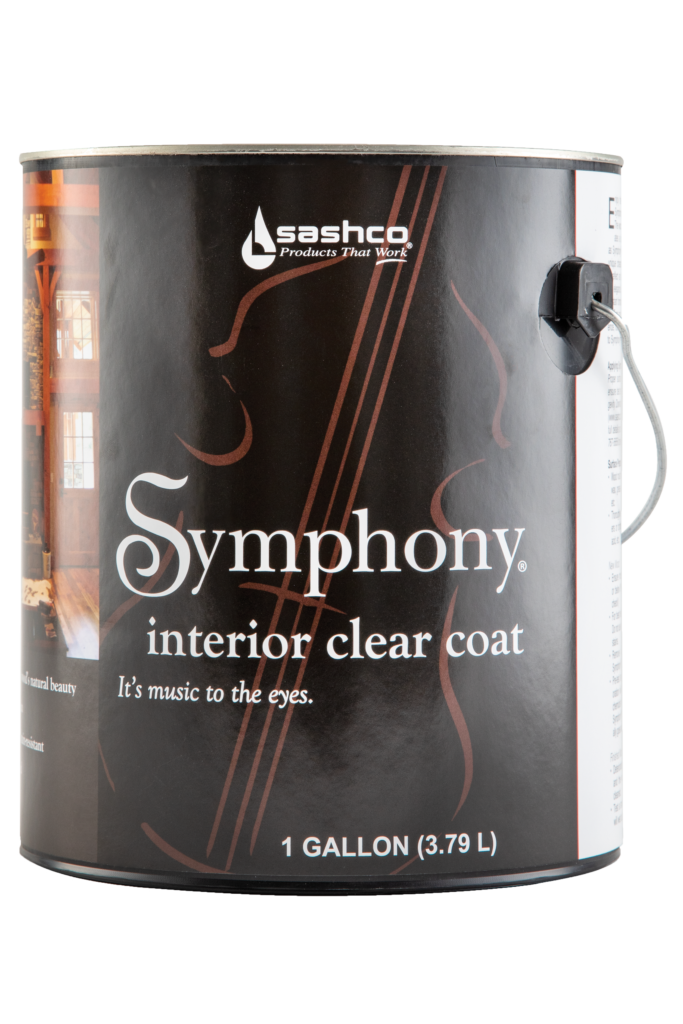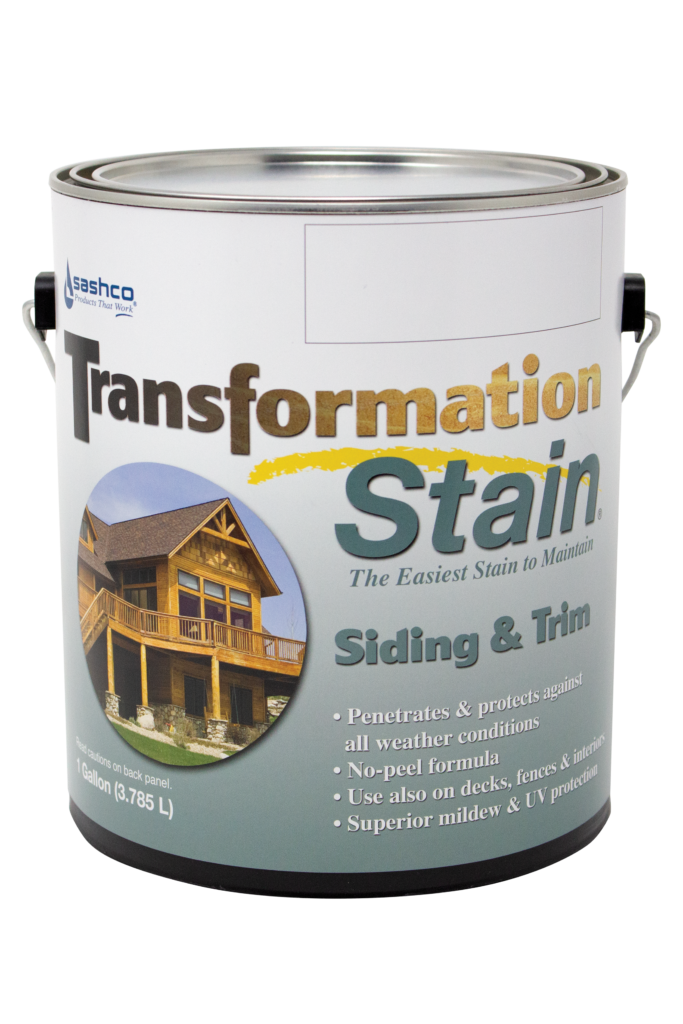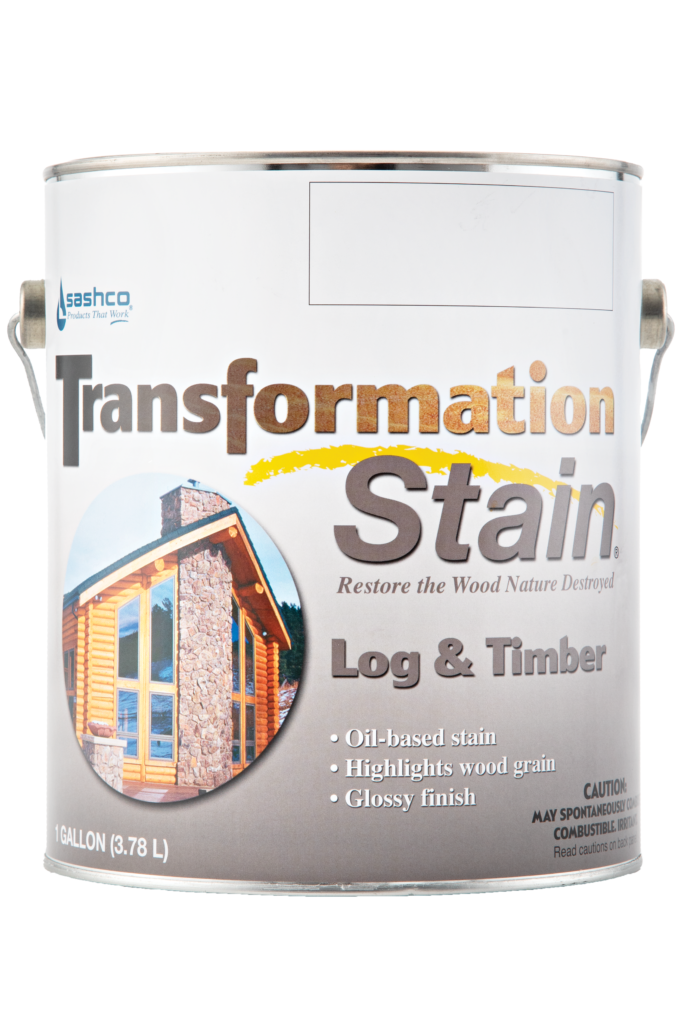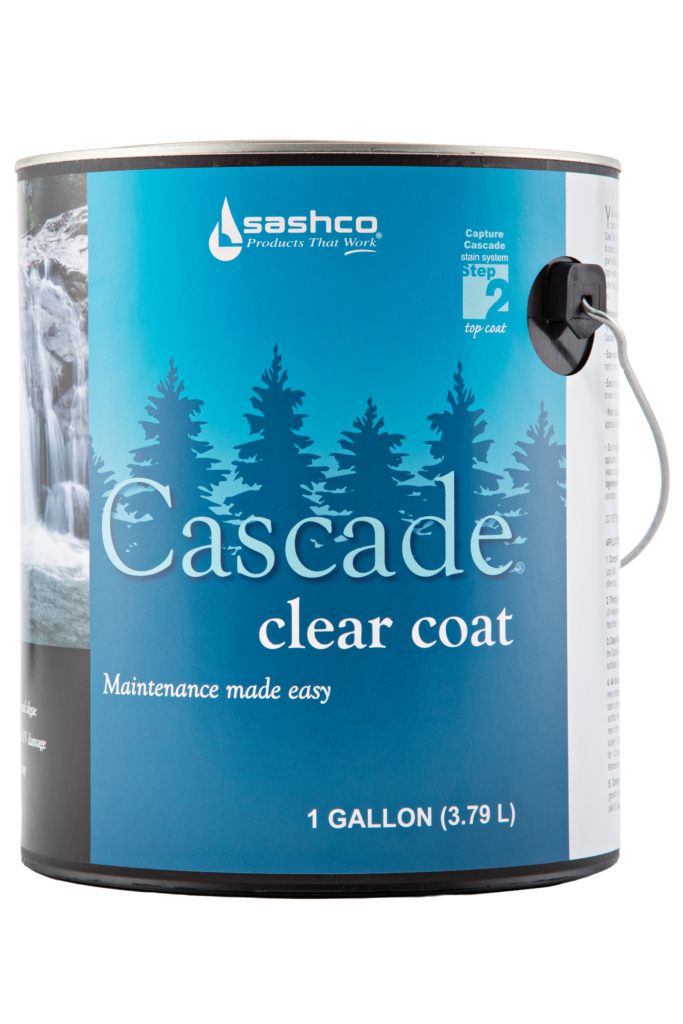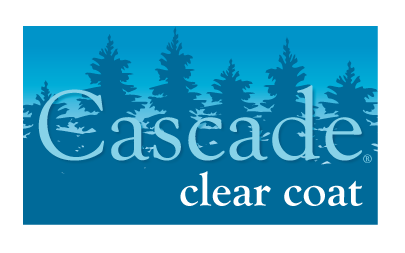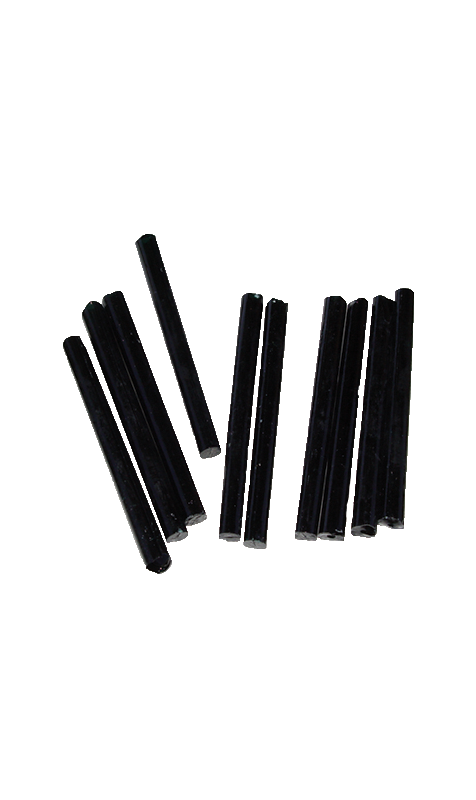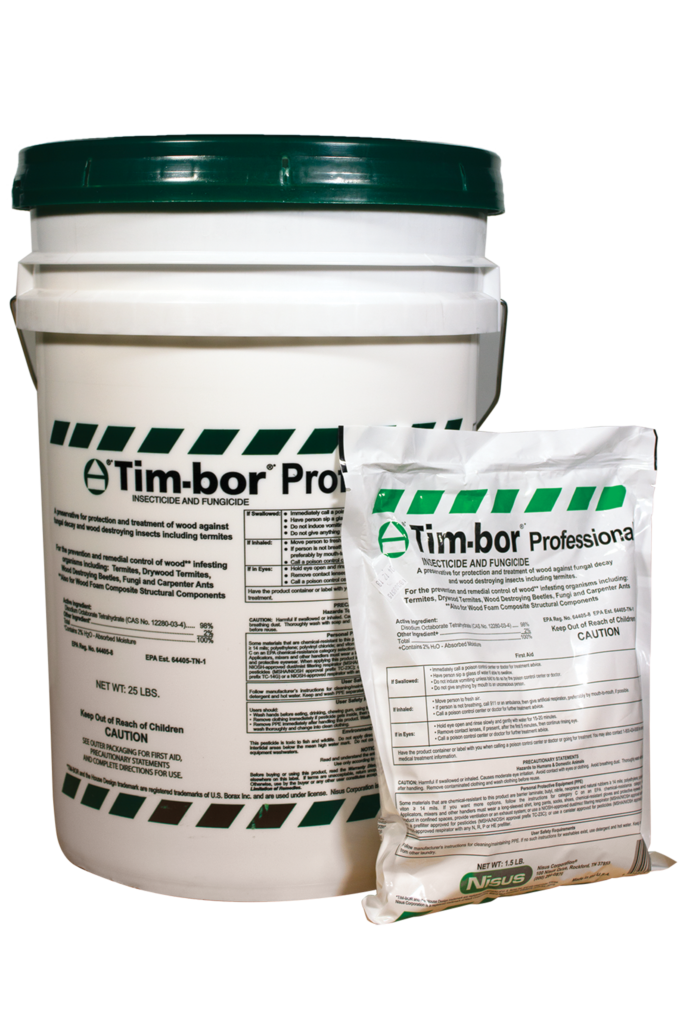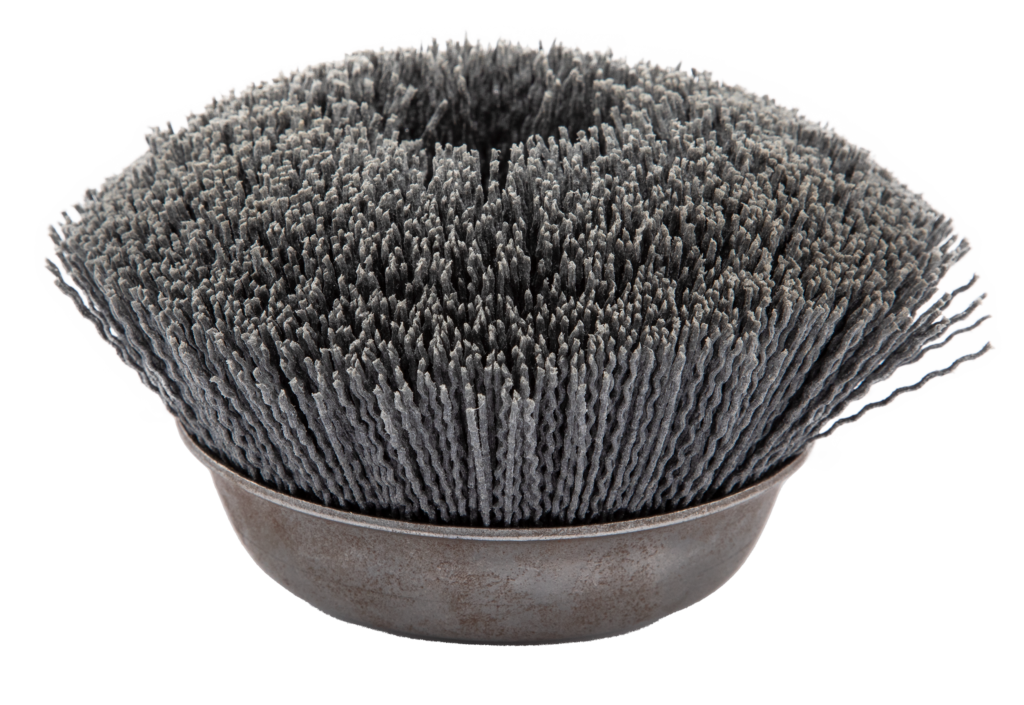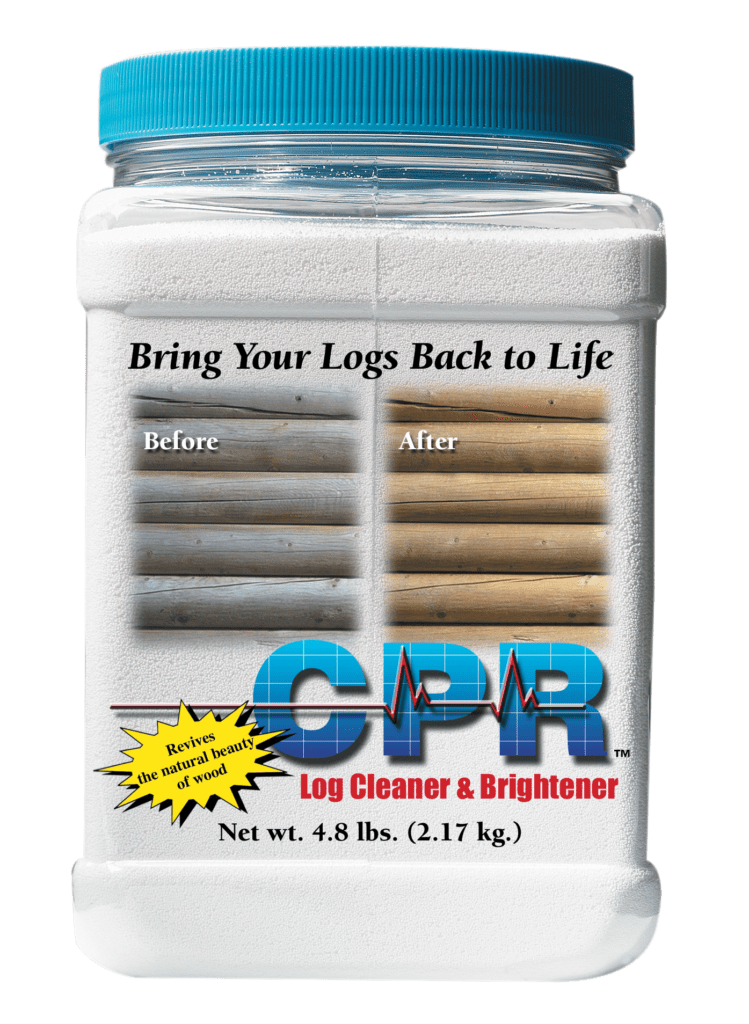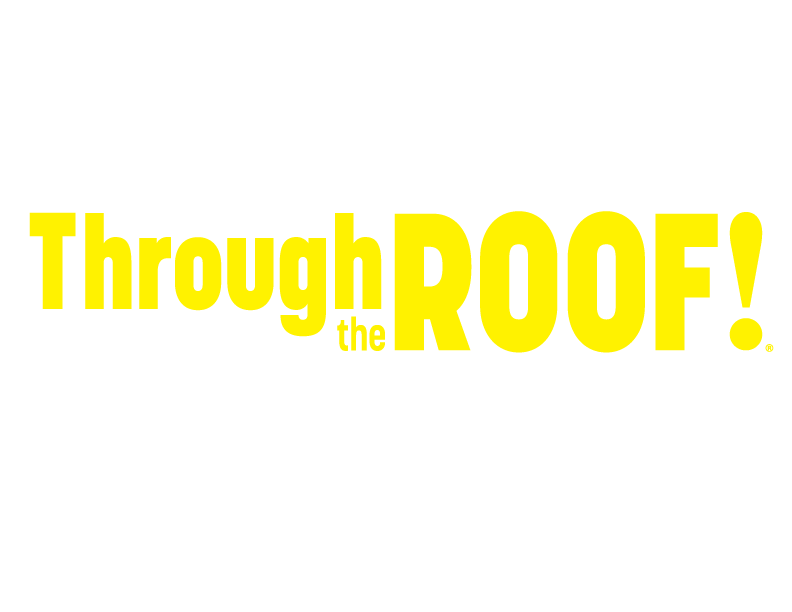Most blisters in caulking happen when large amounts of moisture vapor try to evaporate out of the caulk line too quickly and after it has skinned over. This is more likely to happen when the caulk is applied in direct sunlight, to hot surfaces, in hot temperatures, or to wet surfaces. We know that those conditions are not always avoidable, so some blistering is normal and to be expected. When possible, apply caulking during the cool part of day, out of direct sun and to dry surfaces. If you can’t, remember that repairs are easy.
Tools You’ll Need:
- Utility Knife
- Caulking
- Spray Bottle (filled with water)
How-To Fix Blisters in Caulk or Chinking
In dried or cured caulk:
- Cut out the blister
- Fill in the cavity with new caulk
- Tool it so it’s smooth and matches the existing caulk bead.
Note: A couple of applications may be necessary to get a uniform look.
In caulk that is not completely cured:
- Simply pop a hole in the blister to release the air
- Push it in to seal up the cavity
- Then apply a bit more caulk over top of the blister.
- Tool the caulk so it’s smooth with the rest of the caulk line. Done!
Want more? Watch this video – How to Repair Bubbles in Slab


